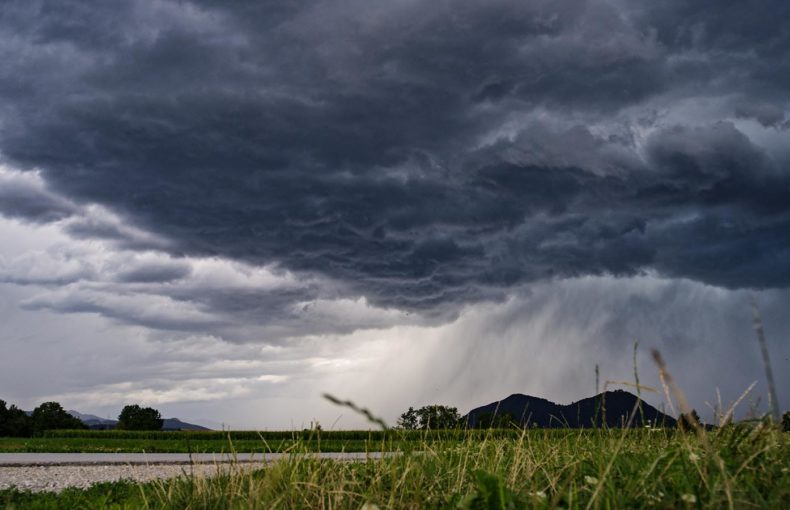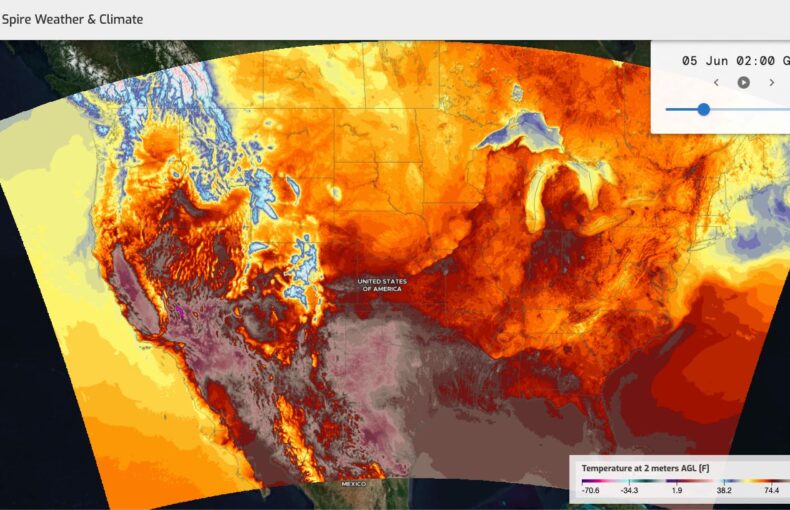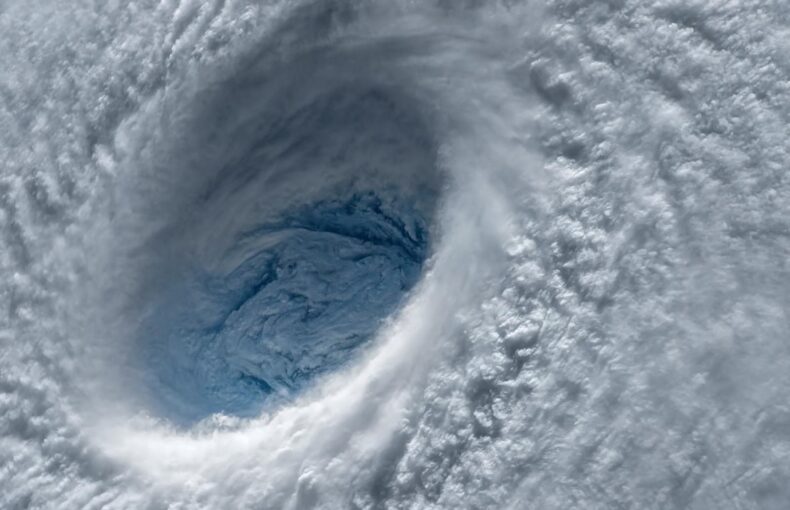Harnessing satellite data to enhance global weather forecasts
With Rocket Lab’s ‘Baby Come Back’ Mission, Spire will launch two satellites carrying radio occultation payloads to enhance the accuracy of global weather forecasts.
Through Rocket Lab’s upcoming Electron mission, ‘Baby Come Back’, Spire Global will launch two 3U satellites equipped with our Global Navigation Satellite System Radio Occultation (GNSS-RO) payloads. The satellites, which will replenish our fully deployed constellation of more than 100 multipurpose satellites, will play a crucial role in gathering data that fuels global weather intelligence and enhances the accuracy of weather forecasts. The launch window for the mission ‘Baby Come Back’ will open on July 17th, 2023 at 23:30 UTC.
Now, more than ever, we face the daunting challenge of extreme and unpredictable weather patterns that are reshaping our lives and businesses. Recent findings from the Intergovernmental Panel on Climate Change (IPCC) show that human-caused greenhouse gas emissions have led to an increase in frequency and/or intensity of weather and climate extremes since pre-industrial times. If left unchecked, these occurrences may become the new norm. To adapt to a rapidly changing climate, we need more precise and accurate weather forecasts, accurate weather readings through RO and reliable forecast models further enabled by AI. These advancements can empower individuals, communities and businesses to proactively and effectively prepare for diverse weather conditions.
Weather forecasting is a complex process involving global monitoring through ground sensors, satellites and airplanes. However, it’s not always possible to access weather data for every single point on the planet, especially in remote regions and over oceans. To develop the most precise and accurate weather forecasting possible, Spire’s constellation of low Earth orbit (LEO) satellites employs radio occultation (RO), a technique that measures and creates a detailed profile of conditions that extend from Earth’s surface through the stratosphere and into the upper atmosphere.
“As we face the increasing challenge of extreme and unpredictable weather patterns, Spire’s radio occultation data, along with our expertise in running models and AI/ML, is the key to providing precise and accurate weather forecasting across a range of industries,” said Mike Eilts, general manager of weather and earth intelligence at Spire. “With the launch of two more 3U satellites carrying our radio occultation technology, we are harnessing the power of space-based data collection to empower individuals, communities, and businesses to proactively prepare for diverse weather conditions and adapt to a rapidly changing climate.”
The global coverage, accuracy, precision and superior vertical resolution provided by RO measurements unlock a multitude of benefits. Precise weather forecasting during extreme events holds immense potential for people’s livelihoods, businesses, and the environment.
For example, communities can gain greater predictability and awareness regarding, empowering them to take proactive measures to safeguard lives and property.
The maritime and aviation industries can optimize their routes to conserve energy and reduce fuel usage. Farmers can make informed decisions about planting, irrigation, and crop protection, leading to efficient resource allocation, reduced waste, and increased agricultural productivity.
The satellites launched by Rocket Labs will gather crucial data for global weather intelligence, improving forecast accuracy. Looking forward, technologies like RO are vital to increasing global awareness and preparedness against the escalating impact of extreme weather events. Together, we can leverage space solutions to address Earth’s challenges, effectively preparing for and adapting to climate change, and safeguarding lives, livelihoods and the environment for future generations.
To stay informed and explore the potential of GNSS-RO technology in mitigating the impacts of extreme weather events, follow us at spire.com or on LinkedIn and Twitter. You can also watch along live during the launch beginning July 17th at 23:30 UTC at Rocket Lab.
 Written by
Written by


